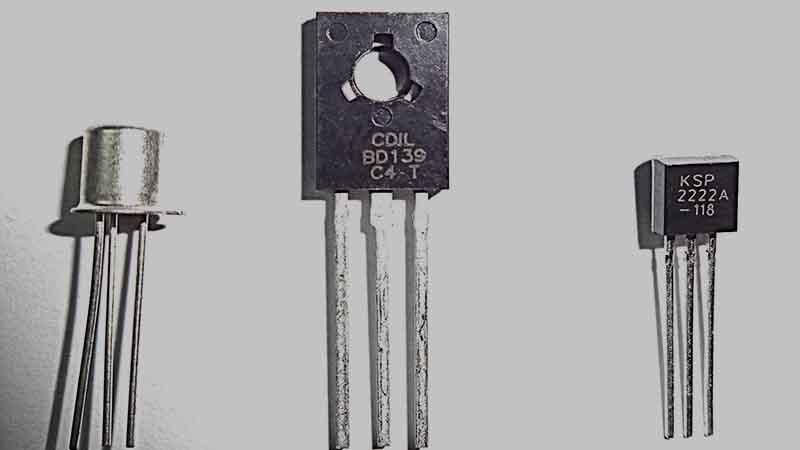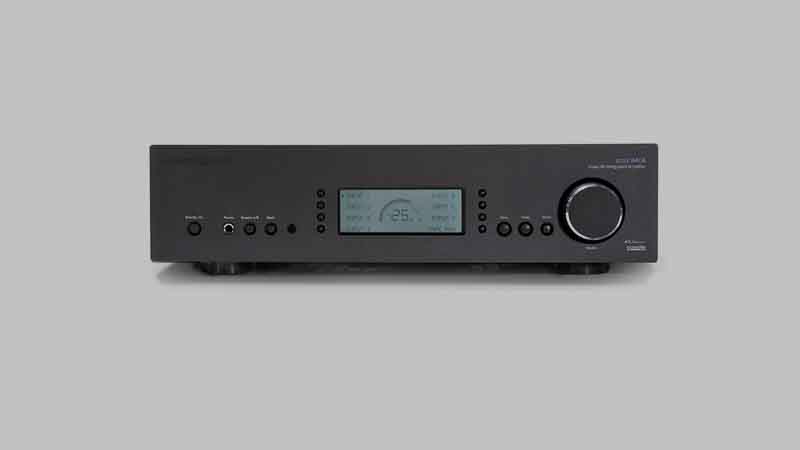A transistor is a type of electronic component that is installed in most of the electronic devices that we use every day. The purpose of a transistor is to be either a switch or amplifier for an electronic device. This means an electric current or electrical signal can get switched or converted, based on the needs of the device.
You’ll find that a lot of computer microprocessors require transistors to serve as digital switches and amplifiers. An electronic amplifier enhances the strength of a sound signal or radio signal to make it louder, while a switch alters the flow of electrical power within an electrical circuit. A semiconductor material is used to make transistors. That is how transistors are able to work so well as switches.
Three terminals or connections are found in every transistor. They used to be called the collector, emitter, and base in the older transistors (known as bipolar transistors). The collector terminal represents the main electrical power supply. The emitter terminal represents the outlet for the main electrical power supply. The base terminal controls the electrical flow that comes from the collector terminal.
In other words, the base regulates the flow of the electric current from the collector. This allows the transistor to take a small amount of electric current and use it to control a greater amount of electric current, which is how it functions as an amplifier. To use the transistor as a switch, the collector gate needs 5 volts to open and less than 5 volts to close.
MOSFET Transistors
The newer transistors are called MOSFET transistors. The “MOSFET” acronym means “metal-oxide-semiconductor field-effect transistor.” They’re able to handle a lot more power than the older bipolar transistors. That is why MOSFET transistors are used in practically every digital electronic device or function. They are used in computers, scientific calculators, cell phones, and even alarm clocks.
In a MOSFET transistor, the three terminals are called the gate, drain, and source. These represent the emitter, collector, and base, respectively. If you were to connect the source terminal to a battery’s negative terminal and the drain terminal to the battery’s positive terminal, there would be no electrical flow within the circuit. But if the gate terminal and drain terminal are connected, then you have an electrical flow present.
Why does this happen? It has to do with the gate terminal receiving a positive charge from the drain terminal. Once that happens, positive electrons get pushed so that negative electrons can start to flow. If you connect the gate terminal to the battery’s positive terminal, then you can get a positive charge that way too. The gate terminal converts the electric signal into an electric field that goes back and forth between the drain terminal and the source terminal.
Semiconductor Materials
Transistors use semiconductor materials to conduct electricity between the terminals. Classic semiconductor materials included silver and copper because electricity can flow through them quite easily. This is the opposite of insulator materials, such as plastic and rubber, which block electrical flow instead of letting it pass through. Insulators are sometimes needed to prevent electric shock.
In modern electronics, the number one semiconductor material is silicon. It is used in virtually all electronic computer chips and devices. That is how “Silicon Valley” got its name since it is the computer manufacturing capital of the world.
Read also:
- The difference between PNP and NPN Transistors
- Step Down Transformer: Functions, Working Principle, and Types
- The Difference Between Step-up and Step-down Transformers
Conclusion
If transistors did not exist, we wouldn’t have the computers, smartphones, calculators, radios, and other electronic devices that we have today. MOSFET transistors are manufactured more than any other electronic component in the world. That is how important they are to the vitality and functionality of modern computers and microprocessors.




